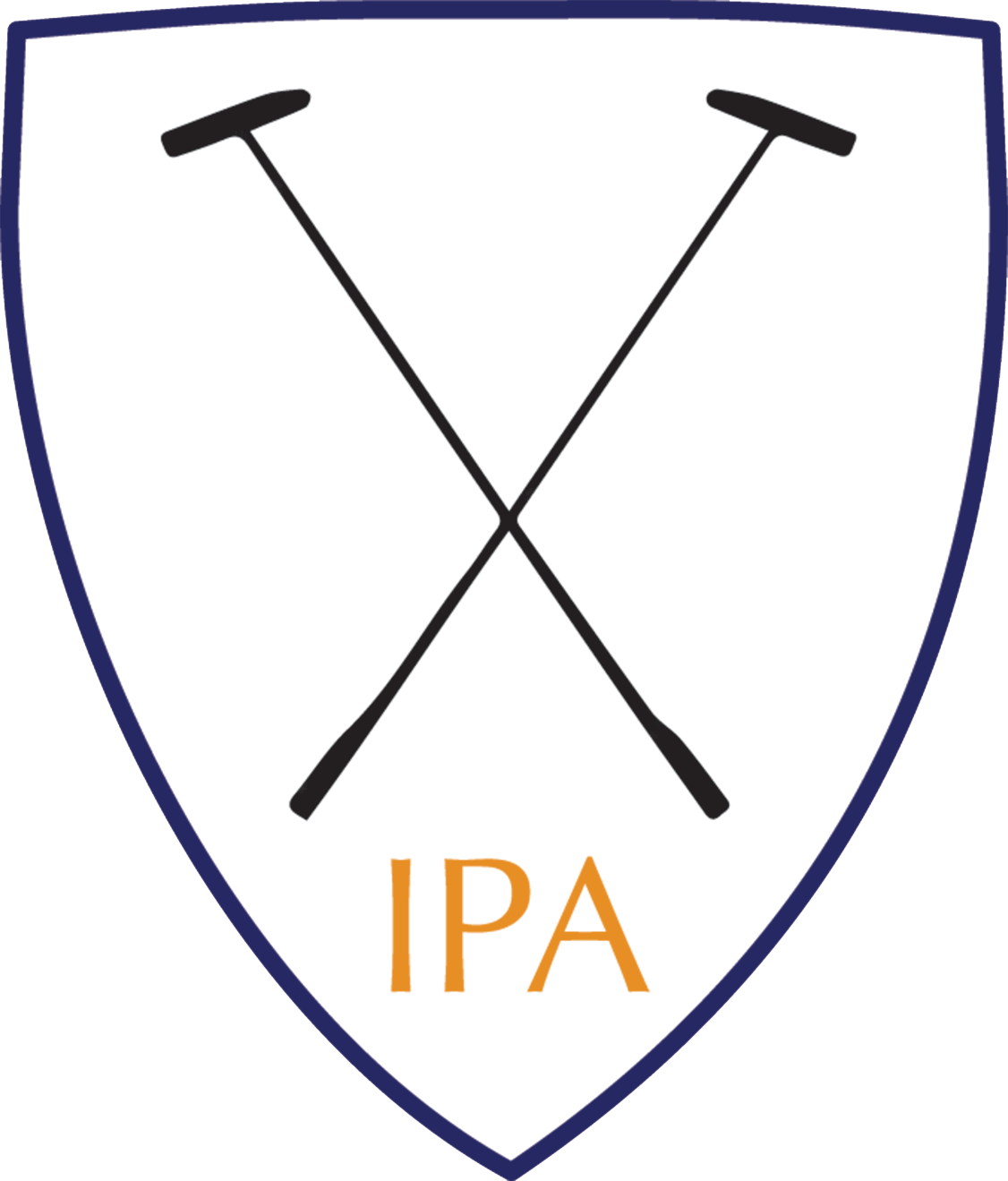Below is a summary of the key points of the course. By clicking on the right-hand tab above you can read a full transcript, enabling you to gain further insight into this subject and ensure you haven’t missed any important messages.
The Technique:
- Adopt a static plank position. Do hip dips left to right. Then do plank rocks forward and backwards. Move your arms forward one at a time while raising your leg on the opposite side.
- Adopt a side plank position. If possible support yourself on both sets of toes and hold the position. Then rotate your upper arm underneath, and then back up and down. Incorporate some hip pulses. Change sides.
- Lie on your back with your legs raised and arms pointing upwards (Dead Bug position). Lower your opposite arm to leg away from the center of the body and using your core muscles, bring them back to center.
- Adopt a Copenhagen Plank position (weight supported by one forearm on the ground and the opposite leg on a stool, or raised platform). Begin by just holding this for up to 10 seconds (take it up to 30) and then do some hip dips and leg raises. Change sides.
Key Teaching Points:

- Compound movements are a little bit more effective for the core and they simulate the movement patterns of polo in the saddle.

- When in the plank position start on your knees and elbows to protect the lower back and engage the lower core muscles.

- Strengthening the oblique muscles provides stability to the trunk and helps for rotating in the saddle.

- The Dead Bug exercise is good for anyone who's had a back injury, is coming back to fitness and wants to engage their core.

- The Copenhagen Plank position should be avoided if you have had any recent injuries to your inner thighs or shoulders.
In Conclusion:
- Compound movements simulate the movement patterns of polo in the saddle.
- Use the demonstrated exercises to strengthen your core muscles and stabilize your back and trunk.
- Be careful with the more advanced exercises if you are recovering from injury.
